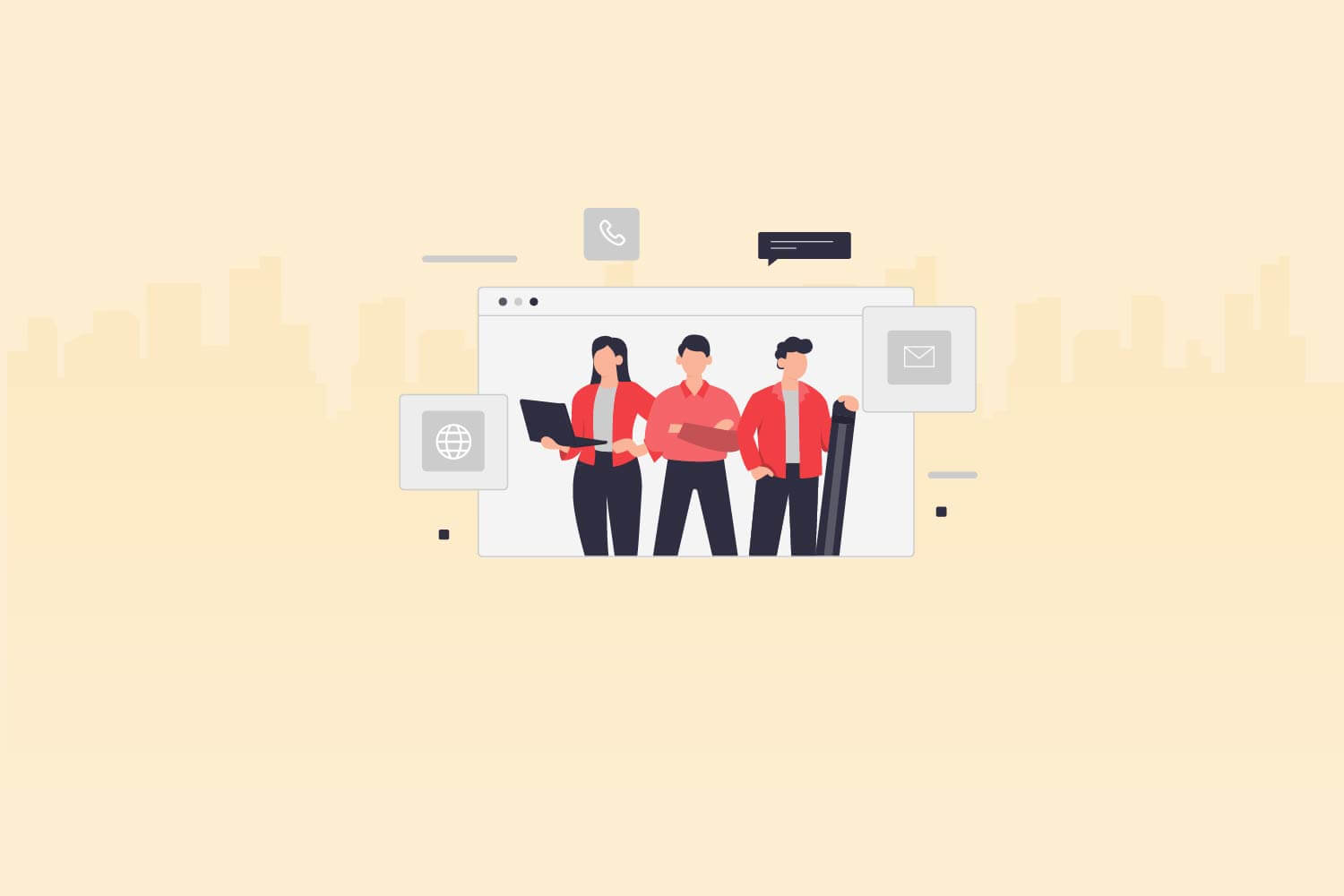In the fast-paced and ever-evolving world of design, innovation stands as a cornerstone for success. Designers who possess the ability to think creatively and solve complex problems are the ones who shape the future of industries. This is where design thinking assessments come into play, acting as a powerful tool to identify and nurture innovative designers.
The essence of design thinking
Design thinking is more than just a methodology; it’s a mindset that champions human-centered problem-solving. Coined by IDEO, design thinking involves a series of iterative steps that guide designers to empathize with users, define problems, ideate solutions, prototype concepts, and test their assumptions. This approach fosters empathy, encourages collaboration, and promotes a willingness to explore unconventional ideas.
At its core, design thinking revolves around understanding the user’s needs and pain points. It transcends aesthetics to focus on functionality and user experience, encompassing various disciplines such as product design, user experience (UX) design, service design, and more. As industries recognize the significance of this methodology, the demand for designers skilled in design thinking has surged.
The challenge of identifying innovative designers
Identifying innovative designers isn’t a straightforward task. Traditional assessment methods often fall short in capturing the multifaceted nature of design thinking. Conventional interviews and portfolio reviews might provide a glimpse of a designer’s technical skills, but they might not reveal their problem-solving prowess, adaptability, or collaborative spirit.
This is where design thinking assessments enter the scene. These assessments are meticulously crafted to evaluate a designer’s ability to approach challenges holistically, from understanding the user’s perspective to delivering a viable solution. By simulating real-world scenarios, design thinking assessments gauge a designer’s capacity to ideate, iterate, and create user-centric designs.
The components of effective design thinking assessments
Empathy and User-Centricity: Designers who excel in empathy can put themselves in the shoes of their users, understanding their needs, desires, and pain points. An effective assessment might present a hypothetical user profile and task the designer with creating a solution that caters to that user’s specific requirements.
Problem Definition: Innovation stems from problem-solving, and this phase of design thinking assessment evaluates a designer’s aptitude for defining a problem clearly and comprehensively. By presenting a vague challenge and asking the designer to break it down into its core components, assessors can gauge the designer’s analytical skills.
Ideation and Divergent Thinking: The ability to generate a multitude of diverse ideas is a hallmark of innovative designers. Design thinking assessments might involve brainstorming sessions where designers produce a wide range of solutions to a given problem. The emphasis here is on quantity and variety, rather than immediate feasibility.
Prototyping and Iteration: Transforming ideas into tangible prototypes is a pivotal aspect of design thinking. An assessment could involve creating a low-fidelity prototype of a product or service. This not only evaluates the designer’s technical skills but also their willingness to refine and improve their design through iterations.
User Testing and Iterative Refinement: A true design thinker doesn’t stop at the prototype; they involve users in the process to gather feedback and make necessary adjustments. An assessment might require the designer to conduct a user testing session, showcasing their openness to critique and their commitment to enhancing the user experience.
Collaboration and Communication: Design is rarely a solitary endeavor. Effective designers need to collaborate with cross-functional teams and communicate their ideas clearly. Assessments might involve group activities where designers must work together to solve a problem, highlighting their teamwork and communication skills.
Benefits of design thinking assessments
Unearthing Hidden Potential: Many designers possess untapped potential that might not be evident in traditional assessments. Design thinking assessments provide a platform for these designers to shine, revealing their innovative thinking and problem-solving capabilities.
Fair Evaluation: Design thinking assessments are structured and standardized, ensuring that all candidates are evaluated based on the same criteria. This reduces bias and offers a fairer evaluation of each designer’s skills.
Real-World Readiness: Designers who excel in design thinking assessments are better equipped to tackle real-world design challenges. Their familiarity with the iterative design process and user-centric approach gives them a head start in professional settings.
Enhanced Collaboration: Designers who have undergone design thinking assessments are more likely to excel in collaborative environments. They understand the value of diverse perspectives and are skilled at integrating feedback into their work.
Adaptability and Innovation: As industries evolve, so do design requirements. Designers who have embraced design thinking are inherently adaptable and open to innovation. They can navigate changing landscapes with a creative and solution-oriented mindset.
Implementing design thinking assessments
For organizations seeking to hire or nurture innovative designers, incorporating design thinking assessments into their recruitment and training processes can yield significant benefits.
Recruitment: When hiring new designers, organizations can include design thinking assessments as a part of their evaluation process. This not only ensures that candidates possess the required technical skills but also showcases their potential to contribute innovatively to the company.
Skill Development: Organizations can use design thinking assessments as a diagnostic tool to identify areas where existing designers might need further training. This targeted approach enables companies to invest in skill development that directly aligns with their innovation goals.
Performance Appraisals: Performance evaluations can extend beyond traditional metrics. Design thinking assessments can provide a more comprehensive view of a designer’s contributions, especially in terms of their problem-solving abilities, collaboration, and user-centric focus.
Promoting a Culture of Innovation: By valuing design thinking assessments, organizations send a clear message that innovation is a priority. This encourages designers to continuously seek innovative solutions and contribute to the company’s growth.
Challenges and considerations
While design thinking assessments hold immense potential, there are challenges to be mindful of:
Subjectivity: Evaluating design thinking isn’t as straightforward as grading technical skills. Assessors might interpret a designer’s approach differently, leading to some level of subjectivity in the evaluation process.
Time-Consuming: Design thinking assessments, especially those involving group activities or iterative processes, can be time-consuming. Balancing thorough evaluations with practical constraints is essential.
Simulated Environment: Designers might perform differently in assessment scenarios compared to real-world projects. Some might feel the pressure of being evaluated, impacting their natural creative process.
Continuous Learning: Design thinking is dynamic, and what’s considered innovative today might not be so in the future. Design thinking assessments should evolve to reflect changing industry standards.
Conclusion
Design thinking assessments offer a window into a designer’s innovative potential. By measuring problem-solving skills, empathy, collaboration, and adaptability, these assessments provide a comprehensive view of a designer’s capabilities beyond technical expertise. Embracing design thinking assessments can lead to the discovery of truly innovative designers who have the power to transform industries and shape the future of design. As organizations recognize the value of these assessments, they not only enhance their design teams but also foster a culture of continuous innovation.
Ready to identify and nurture exceptional design thinkers? Harness the power of innovation with Testlify’s advanced Design Thinking Assessments.








